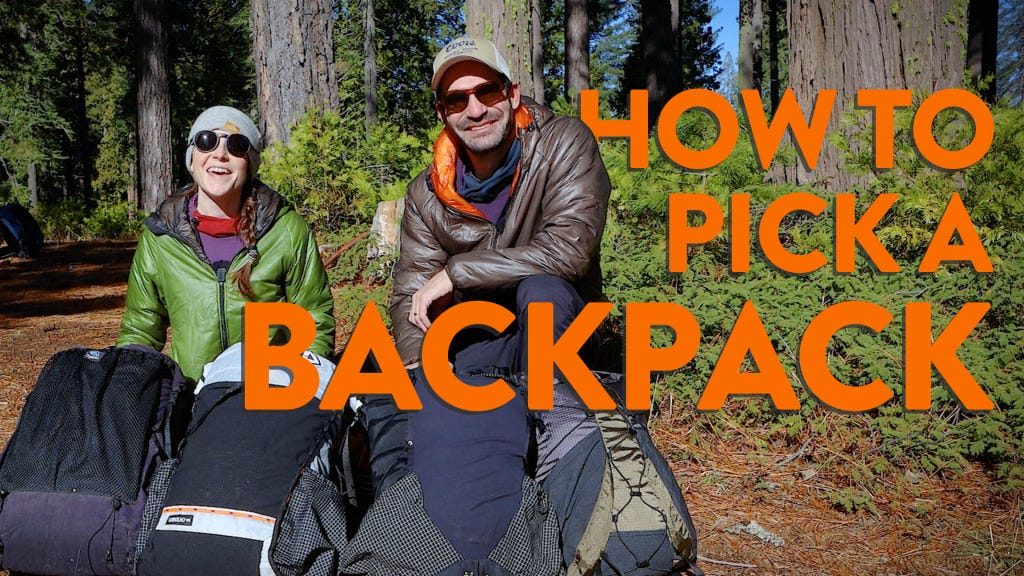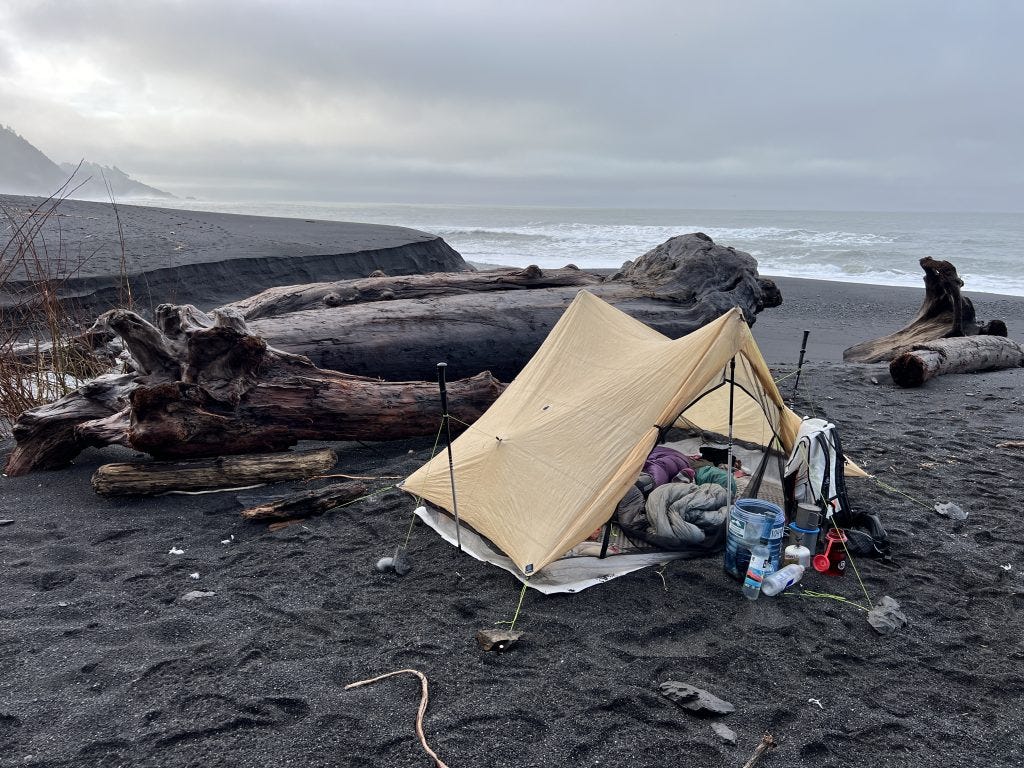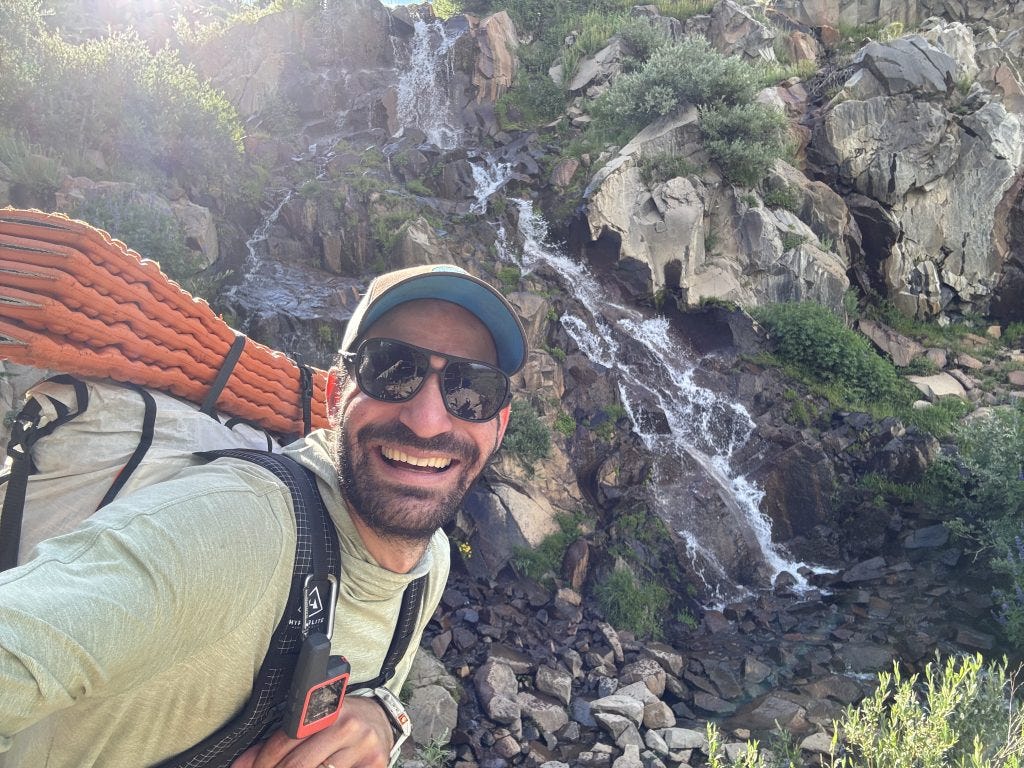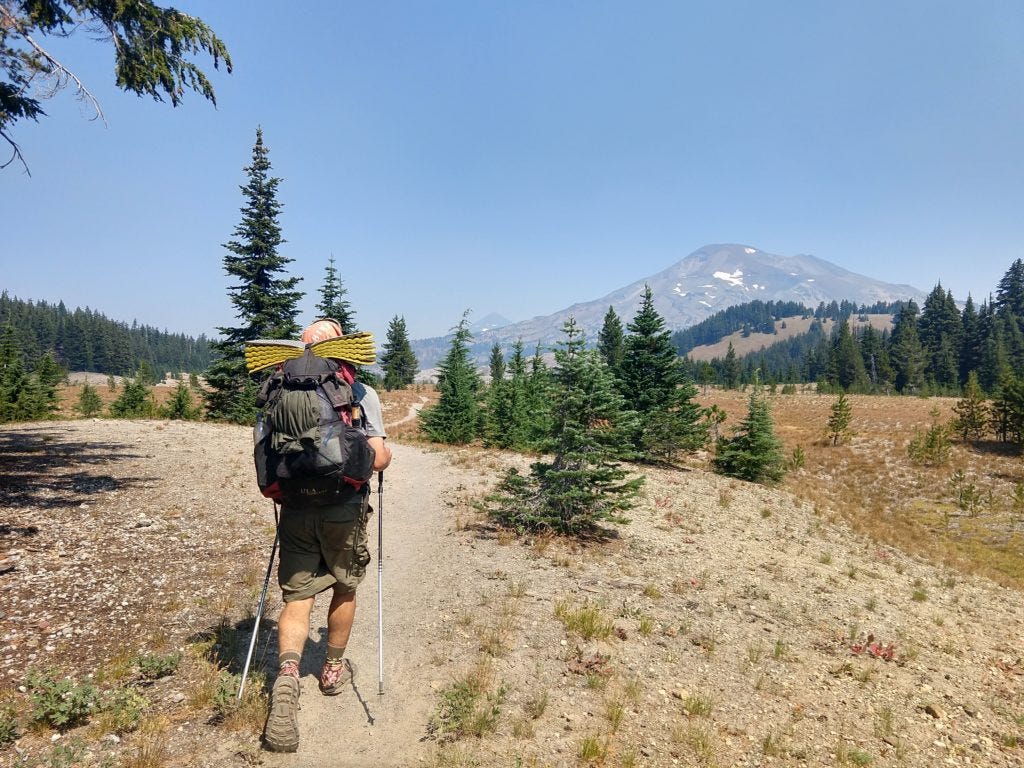How to Pick a Backpack!
Features to look for and features to avoid.
We’ve used a LOT of backpacks on a LOT of backcountry trips.
From big and heavy to small and light, we’ve had a chance to try them out in the wilderness. What we’ve learned is that certain features are very useful, while others are little more than gimmicks that do little to enhance a backpacking trip — they’re just designed to get backpacks off of shelves.
Here’s a Youtube Video going into the details of our experience with particular backpacks and particular features, but read-on if you prefer a written version!
The backpacks we explore in the video are a subset of backpacks that we are confident recommending. They are the:
Zpacks Arc Air 50L DCF Backpack with 2 Belt Pouches, discontinued and replaced by the Zpacks 50L Arc Haul
The most important factors to consider are:
Capacity: Choose a backpack with the right capacity for your typical trip (volume and load).
Weight: All else being equal, lighter is always better.
Size: Take measurements and/or try on packs to make sure you get one that’s the right size for your body.
Simplicity: Fewer unnecessary features means fewer potential failure points, and an easier-to-use pack.
Features we like include:
Water Resistance: A pack made out of a water-proof (i.e. water water-resistant) material, such as Dyneema, makes trips more pleasant in inclement weather.
Side Pockets: Our water bottles live in our side pockets, so the larger these are, the more water-carrying capacity we have.
Hip-belt pockets: We always put small items, like snacks and phones, in our hip-belt pockets. It is frustrating when manufacturers charge extra for these (we’re looking at you, Zpacks).
Load Straps: These let you adjust how your load is carried on the fly. In our opinion, all backpacks should have them (we’re looking at you, Hyperlite).
Top Strap: We keep our sleeping pads buckled to the top of our packs, so we make sure any backpack we use has a strap on top that can be used to hold it on.
Features we don’t like include:
Extra pockets: Whether it’s a “brain” that goes on top of a pack, or small pockets up and down the sides, these pockets can only fit certain items, and they don’t carry as well as a single large compartment.
Extra zippers: Many traditional packs have a lower zipper that provides access to a sleeping bag. This is an unnecessary failure point that adds unnecessary weight.
Excessive padding or loft systems: When padding exceeds the amount that’s essential for comfort, it just adds weight to a pack. We’ve found that if our packs are sized properly and transferring the load to our hips, only minimal padding is necessary.
Water-bladder pocket: This might be a little controversial, but we don’t like or recommend water bladders, because they make it hard to assess how much you’re drinking.
Final thoughts:
All else being equal, a simpler backpack is better out there. It’ll be lighter, easier to use, and have fewer failure points. Keep this in mind as you shop for a pack, and you’re likely to end up with something you love!
Whatever backpack you choose, have fun out there!
Disclosure: We use affiliate links in this post, which may include Amazon affiliate links and others. We receive a small commission on some of the products you buy. There is no extra cost to you.










Hi, I need to carry a bigger backpack than most. I have medical equipment, water, and food and gear for my service dog (I don't think it's realistic to ask him to do his job and carry his gear while hiking). Which backpack do you recommend for someone who has to bring extra weight and extra space
Oooh that's good to know about the lack of load straps on Hyperlite.